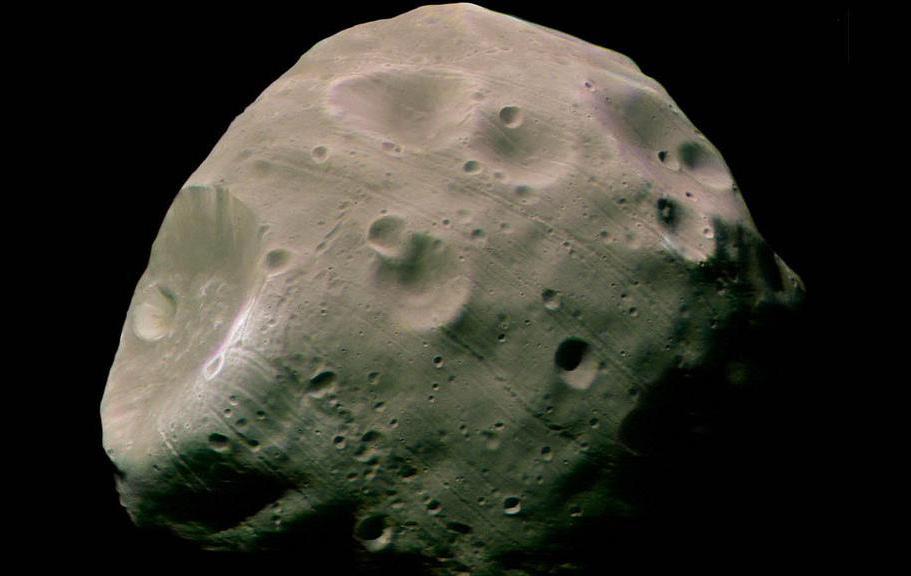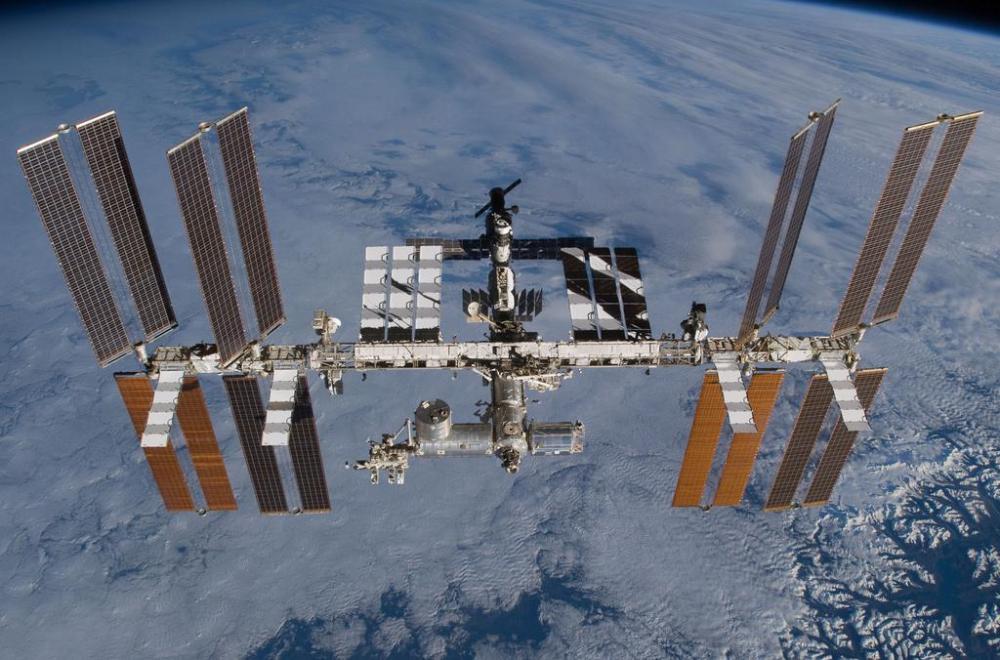At WiseGEEK, we're committed to delivering accurate, trustworthy information. Our expert-authored content is rigorously fact-checked and sourced from credible authorities. Discover how we uphold the highest standards in providing you with reliable knowledge.
What are Phobos and Deimos?
Phobos and Deimos are Martian moons. They are among the smallest known moons in the solar system, with mean diameters of 22.2 km and 12.6 respectively. Phobos orbits extremely close to the Martian surface, with an altitude of only 6000 km (3728 mi). This is elevated in comparison to say, the International Space Station, which orbits about 350 km (217 mi) above the Earth's surface, but it is the closest-orbiting moon of any major planet yet known. Phobos orbits Mars every seven and a half hours, compare to the International Space Station orbiting Earth every hour and a half.
From the Martian surface, Phobos can be observed transiting the Sun, covering about 20% of the disc. Deimos, similar size to Phobos but significantly more distant, orbiting 23,460 km (14,577 mi) above the Martian surface, only appears as a black dot transiting the Sun, which it does regularly. Both transit events have been observed by rovers on the surface of Mars.

Phobos and Deimos are not massive enough to be in hydrostatic equilibrium, that is, spherical. Phobos is so irregular in shape and deep in Mars' gravity well that the gravity on its surface varies by as much as 450%. Its escape velocity is only 11 m/s — this is too high for a human to jump off its surface, as the fastest human jumps are only about 2 m/s — but a weak rocket or even a coiled spring would suffice. You could even set up a ramp and drive a car fast enough to achieve escape velocity, as long as you could supply oxygen for your combustion engine.

Phobos is covered in odd grooves and a large crater named Stickney, after the wife of its discoverer, Asaph Hall, a head astronomer at the US Naval Observatory in the late 19th century. Detecting the Martian moons required a 66-cm/26-in telescope, the largest in the world at the time. The highest-resolution images of Phobos and Deimos to date were taken by the Mars Global Surveyor, which entered Martian orbit in 1997 and with which contact was lost in 2006.
AS FEATURED ON:
AS FEATURED ON:













Discuss this Article
Post your comments